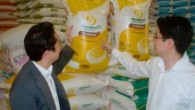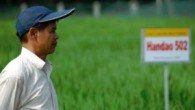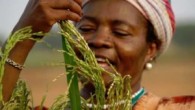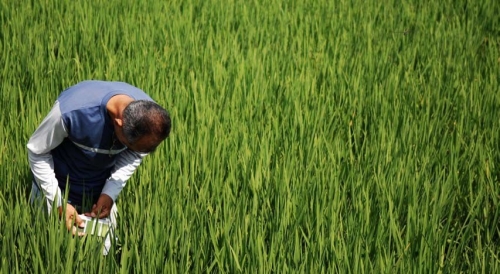Rising fertilizer prices and misperceptions about environmental degradation in intensive agriculture have stimulated claims that so-called “low-input” technologies relying on organic nutrient sources may provide a more sustainable means of producing food crops and increasing farmers’ income. However, the sole use of organic technologies would likely perpetuate food...
Tag Archives: rice production
In the late 1960s, newly developed, high-yielding rice varieties launched the Asian Green Revolution, which rapidly pushed up yields and allowed rice production to keep pace with population growth. In the Philippines, as in many other countries, widespread use of pesticides expanded in step with the new varieties. This was largely due to concerns that crop losses from...
Rice is the staple food for around two-thirds of the Chinese people. China ranks first in annual total rice production (about 185 million tons) and second, after India, in annual total planting area (29 million hectares). The country produces 35% of the world’s rice with 20% of the planting area. Rice production in China has more than tripled in the past five decades...














